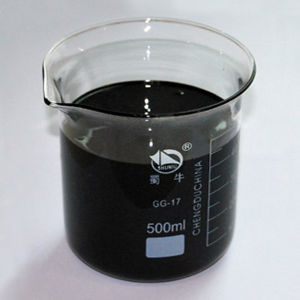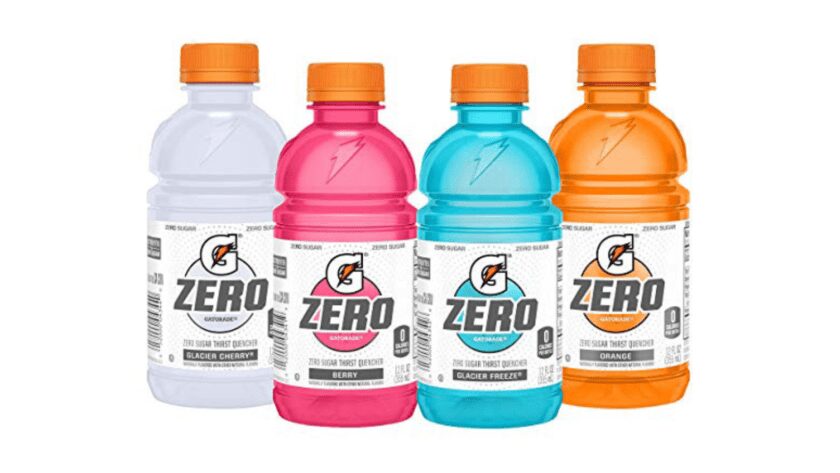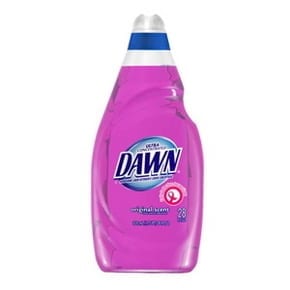 Synthetic colors used to make products more attractive, appealing, and appetizing originally started out from coal tar crudes and are often still called “coal tar colors”.
Synthetic colors used to make products more attractive, appealing, and appetizing originally started out from coal tar crudes and are often still called “coal tar colors”.

Today, according to the Food and Drug Administration, many certified dyes are synthesized from petroleum (crude oil) – a naturally occurring flammable liquid found in the Earth’s rock formations.
Benzene, a known human carcinogen, is a natural constituent of crude oil and coal tar.
It’s hard to imagine that these usually black or dark brown (and sometimes yellowish or greenish) hydrocarbons are the primary raw materials used to manufacture the colorants widely used in:
Moreover, synthetic coloring agents are recognized as a frequent cause of skin and eye irritation.
Adverse or Carcinogenic Effects

Even though coal-tar and petroleum are extremely volatile, toxic substances, the FDA determines that there is “reasonable certainty” that a dye poses no harm, or the risks are extremely small when used under its proposed conditions. However, the absolute safety of any substance can never be proven.
In 1900, there were approximately eighty (80) food color additives being used and considered safe.
Due to adverse or carcinogenic effects since then, the list of acceptable FD&C (Food, Drug, & Cosmetic) colorants in the U.S. has been reduced to nine (9) certified colors.
![]() Karen’s Fit Tip: Steer away from artificially-colored products which you consume or slather on your skin. By doing so, you’ll eliminate unnecessary petrochemical additives and possible carcinogens from entering your body.
Karen’s Fit Tip: Steer away from artificially-colored products which you consume or slather on your skin. By doing so, you’ll eliminate unnecessary petrochemical additives and possible carcinogens from entering your body.


